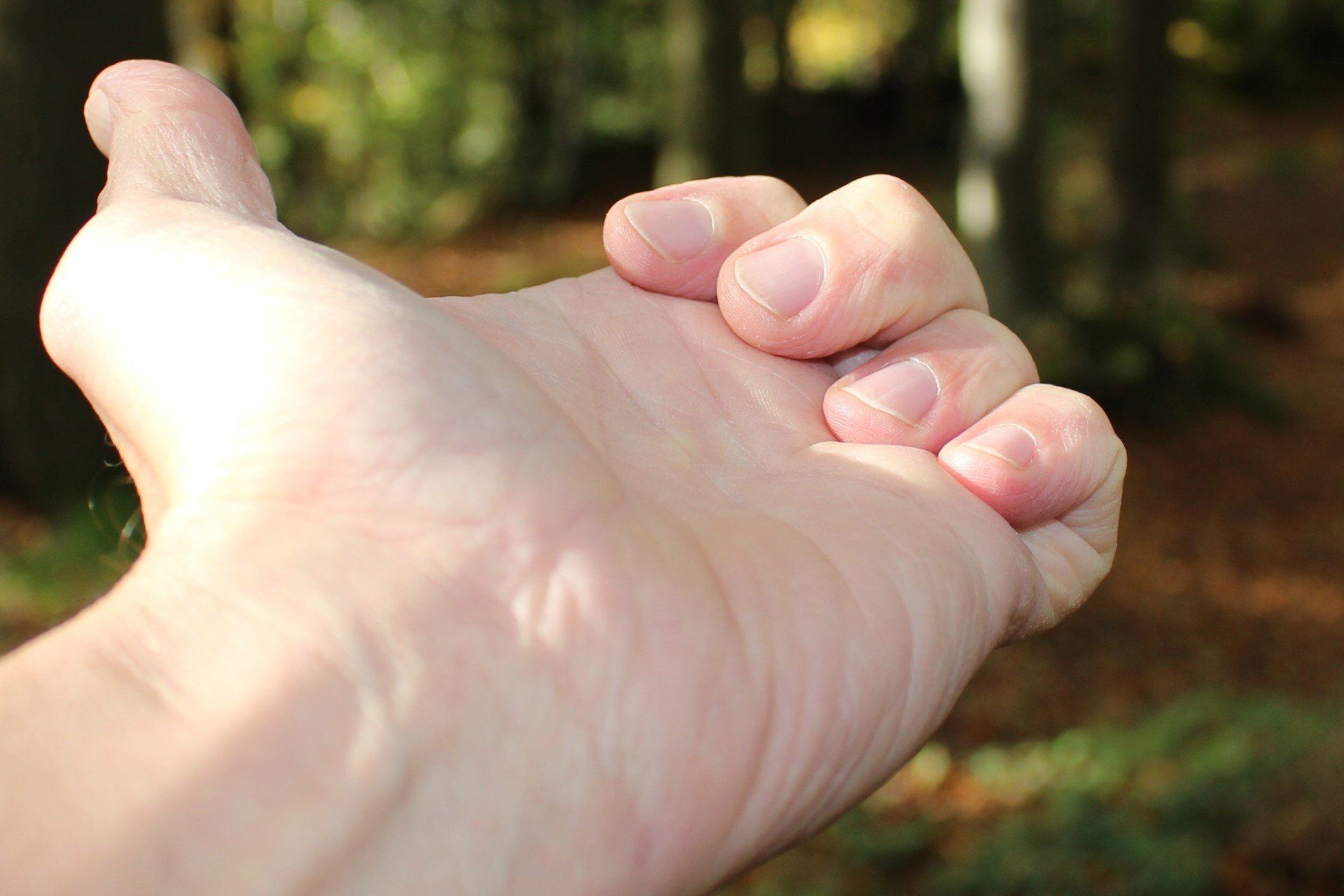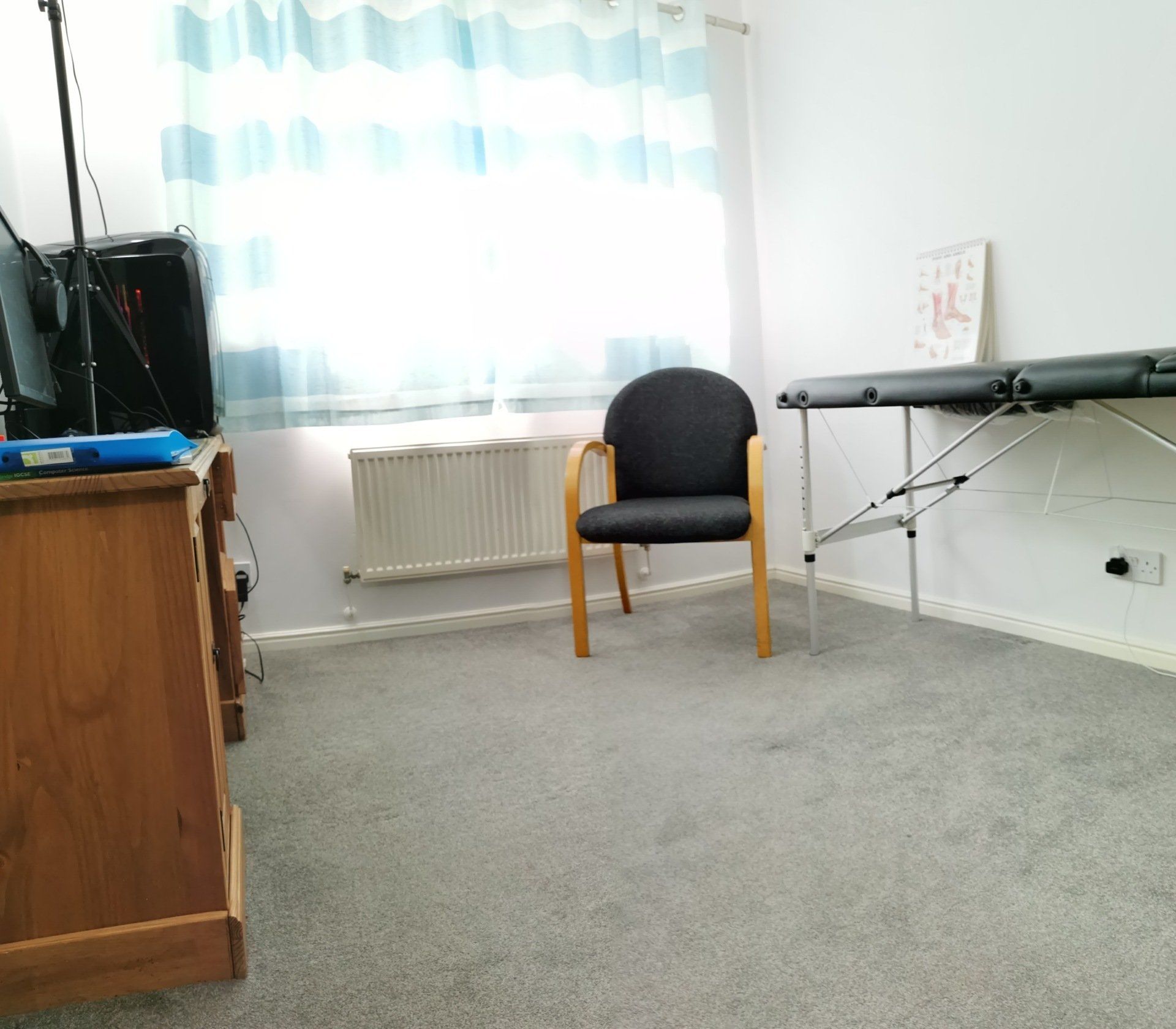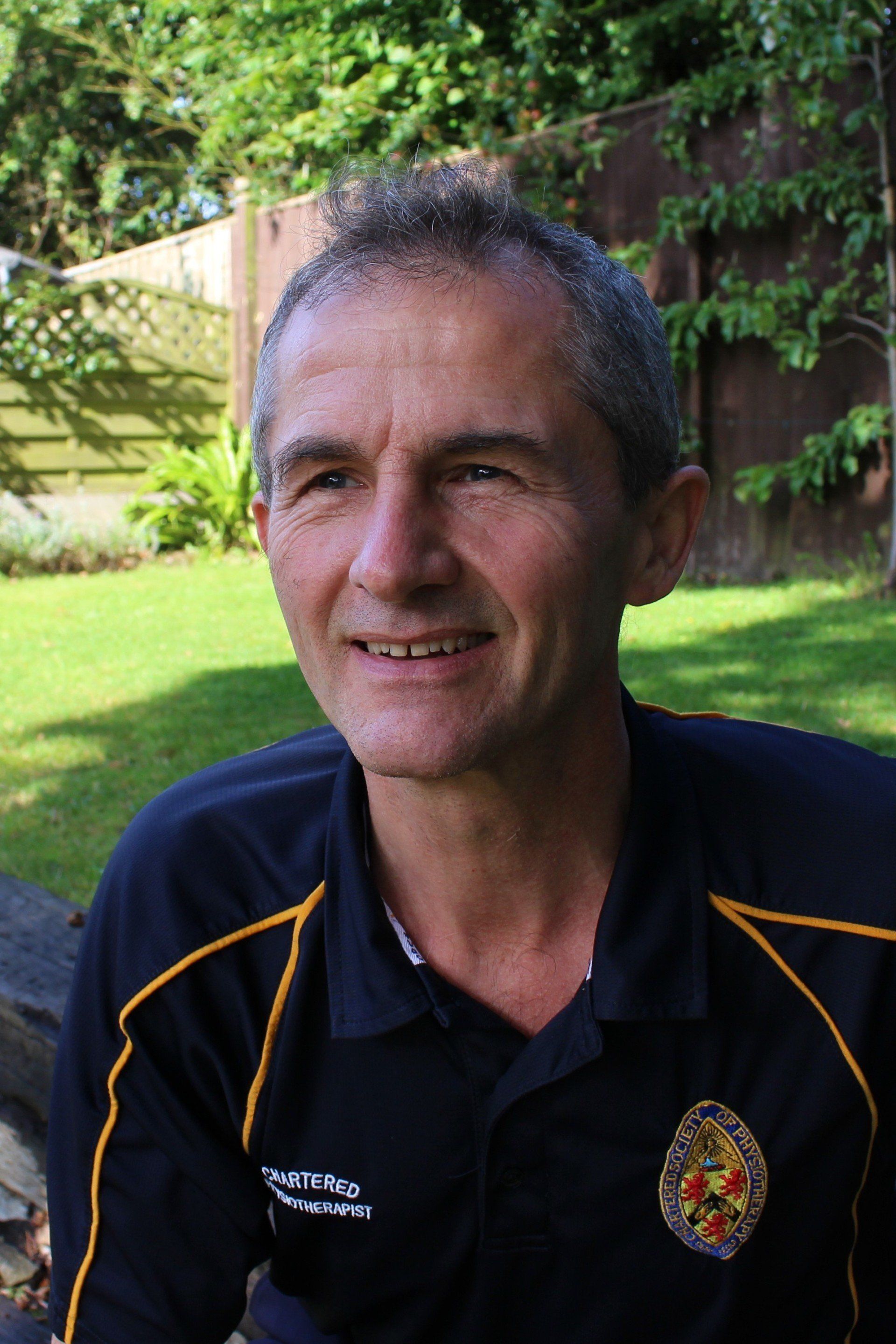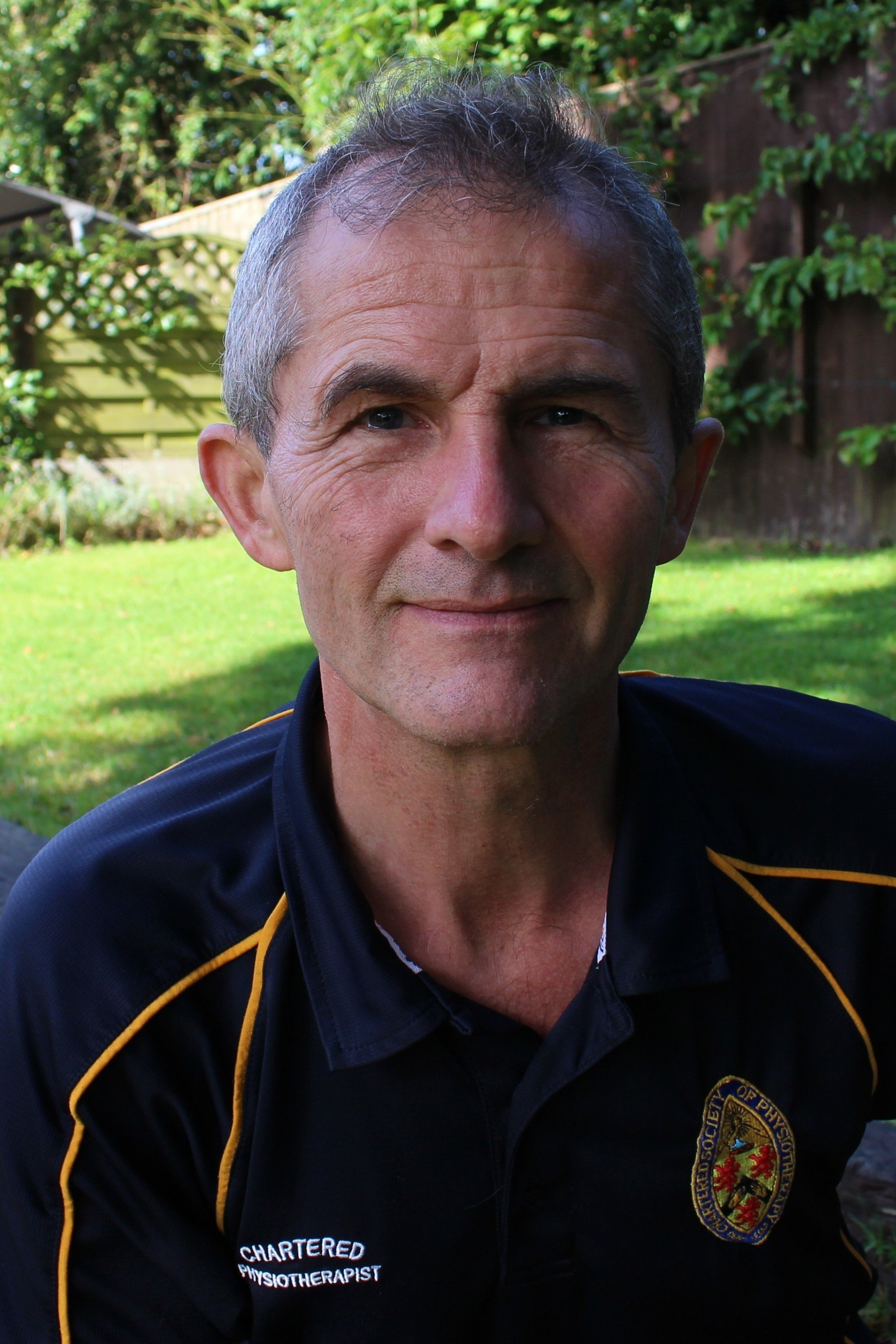Physio for Stroke, Head Injury, Parkinson's Disease, Spinal Cord Injury




After Stroke or Head Injury, everything changes. Not just for the survivor, but for family, and friends too.
Exercise,balance and walking training are all key elements after stroke, so we'll show you how to get started.
Take a tour and watch some of the videos. We're here to help. Ask reception to arrange a chat on 0800 9 020 191. Some mobile carriers may charge for those calls so you can just use the 01803 640241 number if you prefer.
Speak to a Local Physio today. We cover the whole of Torbay and South Hams
A quick revision of what happens when we stand,
and how to improve it when it's difficult
It's always good to get help if you know you have difficulty with these movements. One thing to remember is that progress can be slow, and it's ok to take time to get this right.
It's unlikely that restoring the lost ability to stand will happen over night, so break the activity down into stages, so that you feel safe doing it. Ask for advice if you're not sure.





Q. It's been several months now since my stroke. We've been told that there is nothing more to be done. Is there anything that can help ?
A. The longest gap in our personal experience, from stroke to starting treatment is 6 years. This was in a most unusual case of a man who had had no early help at all to regain walking. It resulted in going from no walking to fully independent walking. Treatments change over time; we say that it's never too late to ask. We'll give you our honest opinion, even in the unlikely event that we can't help.
Q. I've been given a plastic moulded splint to support my ankle. It doesn't work that well, and although I can get around my walking is poor. Can you help ?
A. There are four main kinds of splint; number one, the common plastic type that is moulded over the back of the calf and under the foot, numbers two and three: 2 new kinds carbon fibre spring splints, and number four is the electronic muscle stimulation splint for foot-drop. If you have only tried one, then it can help to be re - assessed with some of the modern ones in mind. Just ask.
Q. I have heard of electrical muscle stimulation . Would this suit me ?
A. We started using electrical muscle stimulators in 1990, and have used a wide variety of the equipment available, from the simple and very inexpensive Auvon EMS, The Neurotrac Rehab range and right up to the Bioness H200, and the Ottobock L300 Go and L300 Go Plus.
We also have had good experiences with the Walkaide XFT foot drop electrical muscle stimulator. The Walkaide is newer to the market and is a lot simpler to set up. It's not so sophisticated as the L300 so is a lot less expensive, but it works very well with most people. Ask us about a trial.
Also we work with Remotion Ltd. providing people with the whole body suit called the Mollii suit.
Every year we attend the European Neuro Convention, where the latest developments are available on display and to test.
Q. What are the best home exercises to do after stroke ?
A. There are a few ideas here on this site and we are working hard to create more videos for a YouTube channel. In the end the best exercises are ones you can actually do on your own. Even better we think are ones that you make up for your self. We love it when going back for a follow up, to be asked " what do you think of this exercise that I have been trying ? " The answer will almost certainly be that it's great.
Any exercise you do will benefit from refining, whoever you are. Even the best movers in the world, like football stars and tennis geniuses have coaches. One of the hardest things is having the confidence to start off without too much fear of making a mistake.In the field of Evolutionary Psychology, this is called the EGO TRAP, and is THE root cause of procrastination, whether you have had a stroke or not.
Mostly, making mistakes is really the process by which we all learn. Speaking of my own physiotherapy experience, the more experience I have the more open I become, to saying that I make mistakes in work all the time. That's to say I try treatment approaches that DON'T work for an individual. If it's not working the trick is not to pursue it , and the " mistake " is spotted and rectified so quickly that my patients don't usually even notice. Meanwhile, we have moved along to a method that is more promising.
One thing you can be sure of if you work with me, is that you have been exposed to a wide range of methods, and each one has quickly been evaluated for it's usefulness for you.
In the past, people were given lists, with drawings, of exercises to follow. It was difficult to do home work this way, so most often now we make a custom video of your home exercises, so you can follow and judge your progress. This works really well if you have a computer or a modern television in your house, and we make your custom films appear on your own screen. Technology !
’The Chartered Society of Physiotherapy is the professional, educational and trade union body for the UK’s 57,000 chartered physiotherapists, physiotherapy students and associates’
New Paragraph